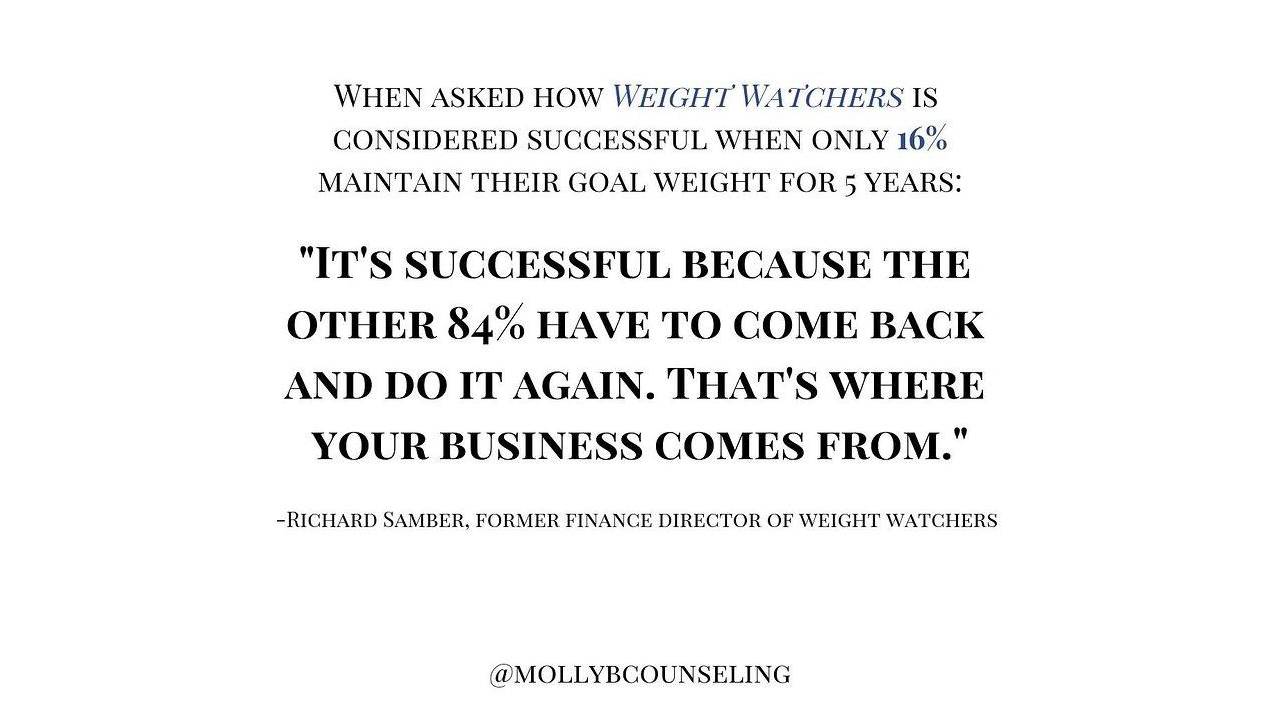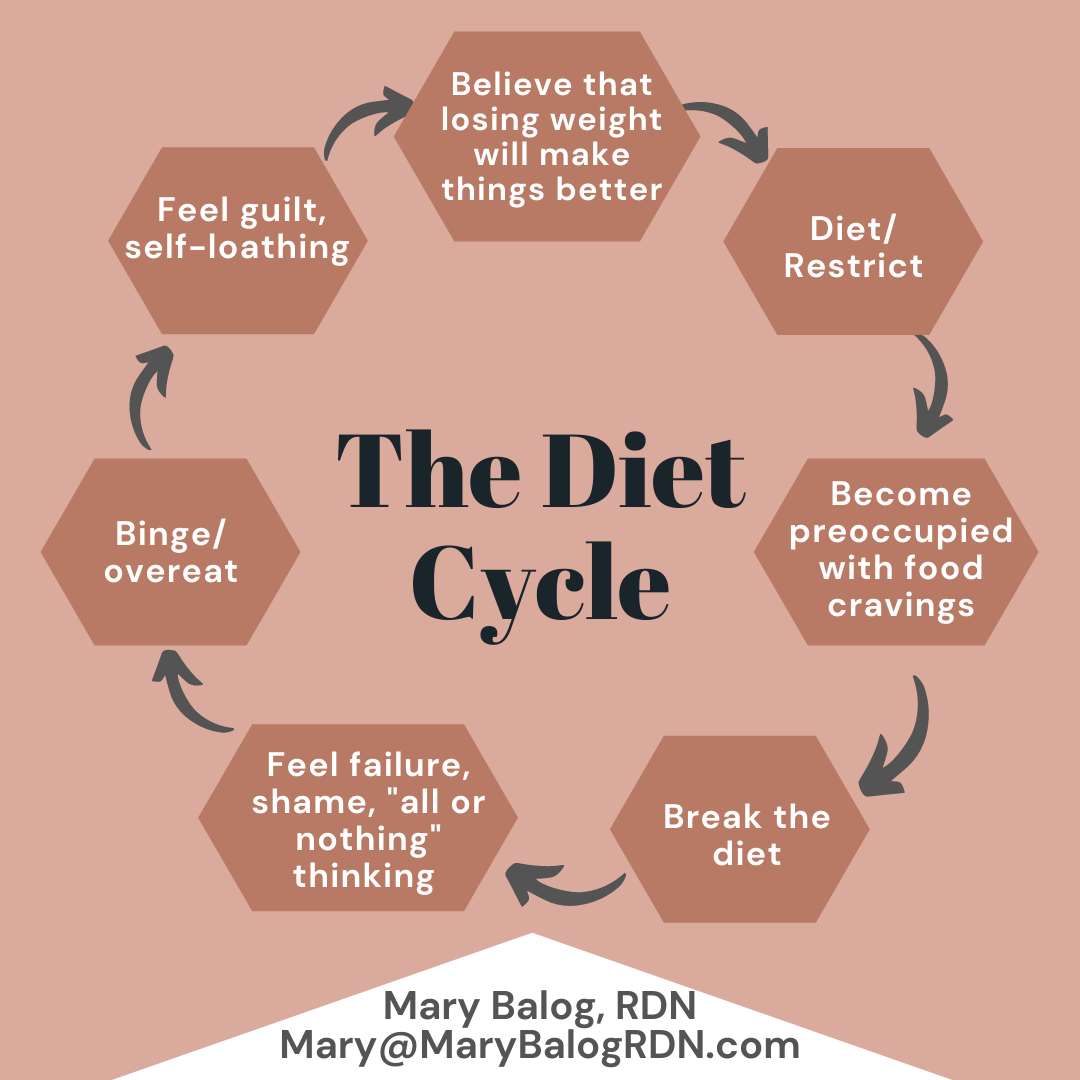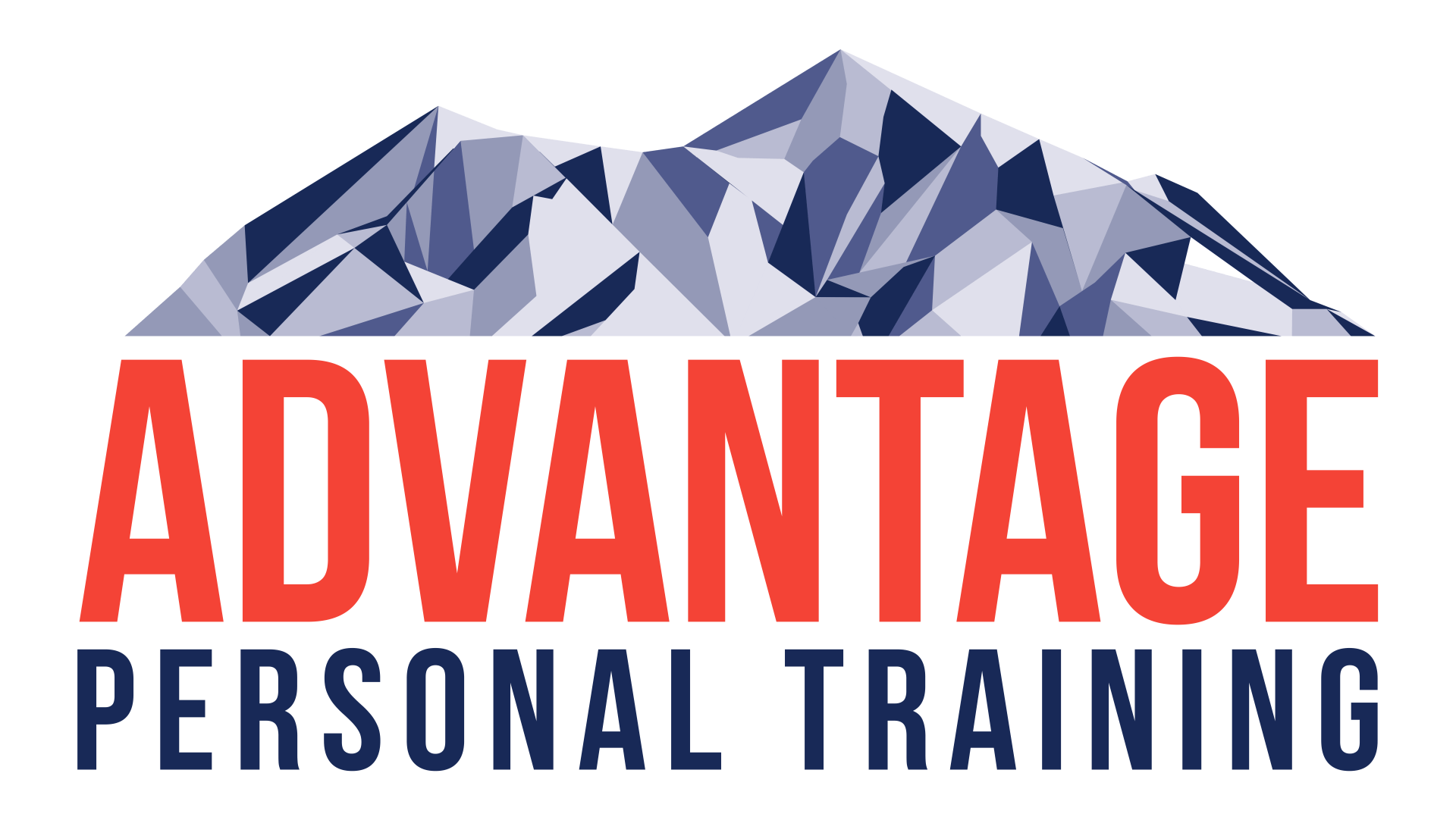Bracing: The beginning of core stability
Note: As a compliment to this series of articles, we have released a webinar discussing core training for athletes and showing nearly a dozen videos of the very same exercises we use at Advantage. The webinar will only be available until Sunday so make sure you click on the link and make sure you get yours for free.
If you can do this, you’re exempt from reading on.
If you’ve been to a gym, had a trainer, or had physical therapy over the past 10-20 years, you have undoubtably been told to suck your belly muscles in. Doing so attempts to activate some of the deep core muscles that we discussed in the first article. A large emphasis has been placed on trying to activate the transverse abdominis, but is this really the way we want to train you? There is some research to say that isolating these muscles may not be the best way of going about it.
At the end of article 2, I mentioned that trunk postures are mostly subconscious processes that we never have to think about. When we’re going about our daily business, I am not of the impression that we need to brace down hard to try to become ‘more stable.’ During exercise however, I think there is a great place for the bracing technique. Bracing is different than ‘pulling your belly in’ (“hallowing”). Bracing means that we’re going to tighten up ‘all’ of the core musculature in order to create what Stuart McGill would call Supestiffness. Superstiffness is an extremely stable core environment that allows one to transmit significant force through the core which will translate into stronger lifts and potentially better athletic performance. You may be asking yourself, What is this superstiffness all about?
Bracing your spine (McGill)
Incredibly smart people have advocated for spine bracing during activities of daily living and exercises. Bracing is a simple term used to describe co-contractions used to activate all levels of musculature from the front, side, and back. It is essentially a stability of your spine in 360 degrees, front, back, and sides.
We need the tension of muscles to stabilize all of the joints through the spine, pelvis, hips, shoulder blades, and shoulders and bracing is one way of accomplishing this and allowing us to transmit all that force from your arms or legs via a stable base.
Reasons for bracing the spine
A braced spine reduces the chances of an injury to the central nervous system, ie. Spinal cord.
A non braced spine will lead to mechanical compromises. A poorly stabilized spine can lead to things like hamstring or hip flexor tightness. Big strong muscles become stabilizers, doing the jobs of other muscles that are lagging behind. This can create an appearance of tightness in the hamstrings or hip flexors.
A non stable spine can decrease the amount of force you can produce. Jumping, that slap shot, sprinting can all be negatively effected by a poorly braced spine.
A properly braced spine and the ability to maintain control of the whole thing during exercise is key to your ability produce maximal force for not only running, jumping, lifting weights, but walking up and down the stairs, and getting out of bed in the morning.
How to brace the spine.
So how do you brace your spine? It is first important to get set up correctly You want your hips directly under your ribs. This can typically be done by using a small gluteus maximus contraction which brings most out of a good size anterior pelvic tilt and some into a posterior pelvic tilt. This can be done with your knees bent on a table/floor or in standing (table/floor is easiest if you’re having trouble. In lying, place one hand underneath the small of you back and grip the front and sides of your abdominal region with your other hand. In a trued braced and superstiff position, you will feel the front, side, and back sides all contract at the same time.
Bracing the spine just be the set up for all/most of our strength training exercises. Everything from dedicated core work to squats, jumps, presses, and deadlifts. Bracing creates the most amount of tension and stability in the system.
If you haven’t yet taken a look at the webinar that goes along with this four part series, check it out here: Click here for your free CORE STABILITY WEBINAR.
It disappears Sunday night, so make sure you get your webinar now.




Advantage Personal Training is an Ann Arbor based Family Oriented Gym, focusing on the training needs of individuals, small groups and youth athletes. Meet with a results-oriented personal trainer and put yourself on the path to a more active life!
SERVICES
CONTACT INFORMATION
Hours of Operation
Mon to Fri: 6:00 AM - 8:30 PM
Sat: 8:30 AM - 12:30 PM
Sun: CLOSED
All Rights Reserved | Advantage Personal Training


